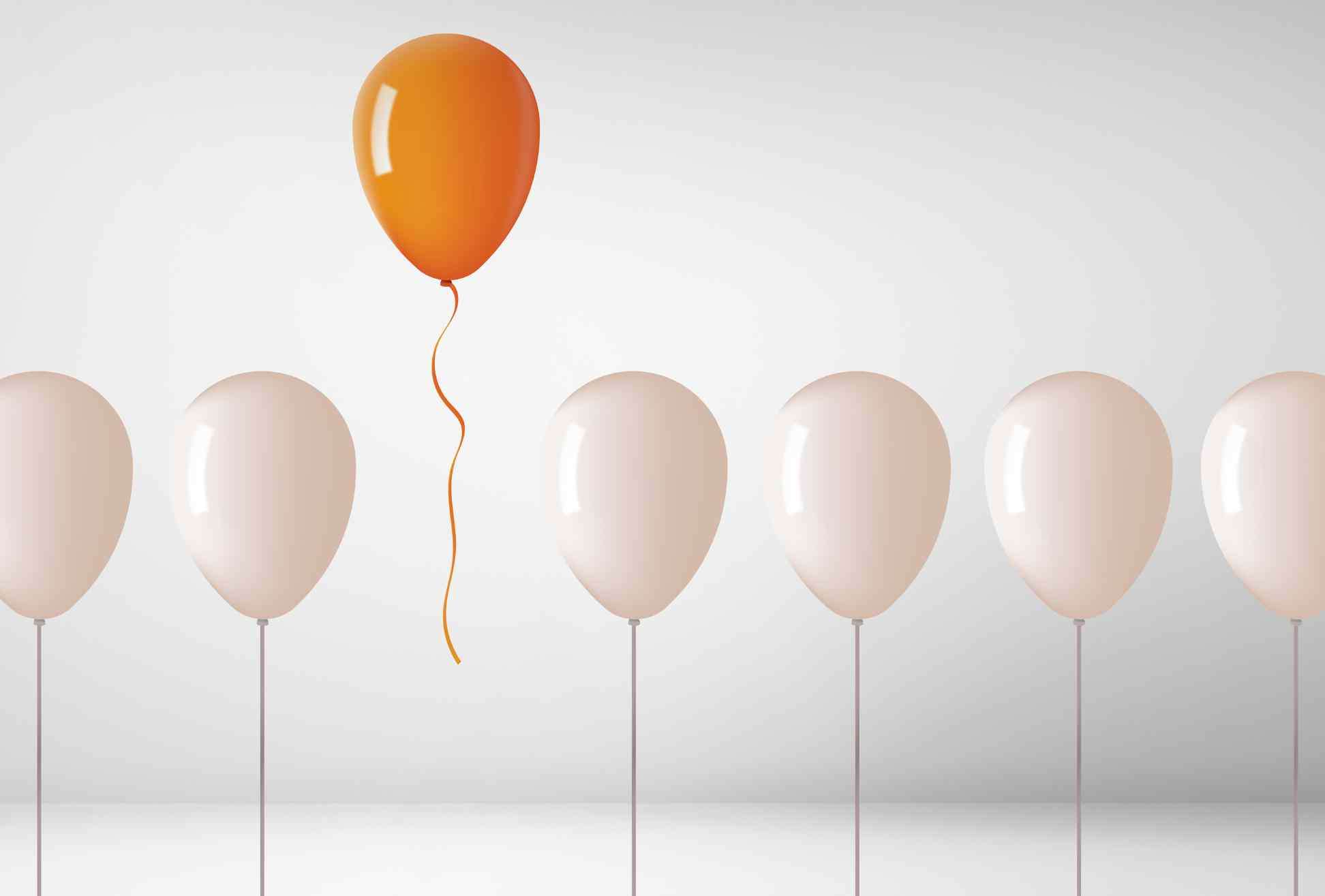More than just solving problems, design thinking is a way to see old challenges with a fresh perspective. It creates opportunity—allowing teams to generate ideas, ask the right questions, and ensure a solution that meets the needs of the user. To top it off, according to McKinsey & Company, companies that meaningfully invest in design methodologies outperform peers by as much as two to one.
So, what is design thinking, specifically? It’s a people-centric process for design that includes five stages:
- Empathize. Step out of your personal lens (your context, assumptions, and experiences) by engaging and observing the “experiencer” of the problem you are working to solve.
- Define. Use your findings from #1 to develop a problem statement. It’s helpful to group the observations into key themes.
- Ideate. Turn off your self-editing and generate as many ideas as possible. (Have fun!)
- Prototype. Create inexpensive, scaled-down versions of the solution. This can range from popsicle sticks and foil mock-ups to wireframes.
- Test. Go back to your “experiencer” from #1. Have them try the solution in prototype form. Use their reactions to further define the problem space, brainstorm new possibilities, and create alternate prototypes.
Seem straightforward enough, right? While the process itself is fairly clear, design thinking can easily stall when limiting beliefs get in the way. Limiting beliefs are assumptions we hold to be true but may or may not be true—and they can hold us back. Often, limiting beliefs sound like the following:
I wish I were better with people…
My voice doesn’t count….
My ideas don’t always resonate with people…
I’m just not that creative…
I hope they think I did a good job…
To be successful, design thinking requires us to temporarily embrace ambiguity as we confront and overcome the limiting beliefs that interfere with our capacity to create, influence, and execute. We can resolve the stalemate between our desire to innovate and our personal limiting beliefs if we engage our own insecurity and self-doubt. We can approach this with self-compassion and empathy to identify beliefs that inhibit our progress while working to transcend them. Patience is a virtue as we engage new experiences for the first time. Rather than judge our initial uncertainty, we can choose to engage it, experience it, and move past it towards transformation.
Design thinking is a powerful tool that can uncover opportunities and insights to expand your capacity to create, influence, and cultivate meaningful solutions that build a better world.
Editor’s Note: From time to time, we will feature guest posts containing tips from partners and/or updates by TEDxAtlanta speakers and their initiatives. Views and opinions expressed in these posts are of the authors’.

